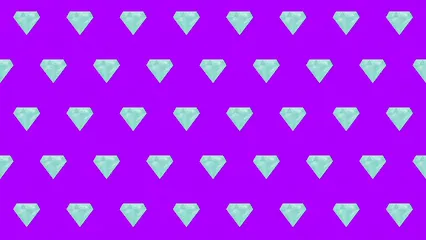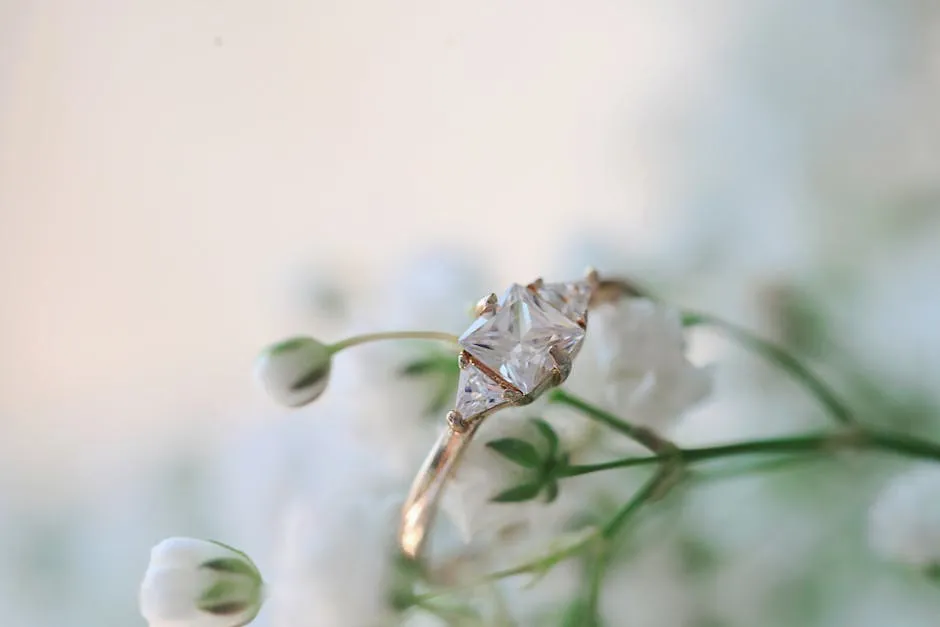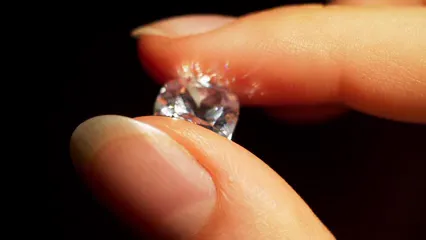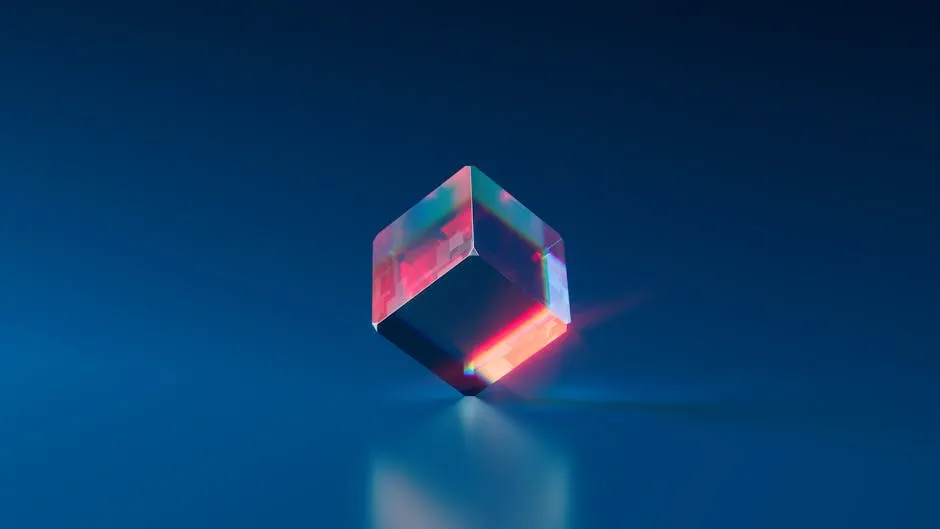Introduction
When choosing a diamond, color plays a crucial role. It significantly impacts the diamond’s overall quality and value. A diamond color grading chart is essential for buyers seeking to understand how color affects their choices. This article aims to clarify the diamond color chart and its implications for your purchasing decisions.

Understanding the impact of color on diamond choices is crucial for informed decisions. an introduction to statistical learning with python book length
Summary and Overview
The diamond color chart serves as a guide for grading diamonds based on their color. It helps determine the diamond’s visual appeal and value. Diamonds range from colorless to light yellow, with color being a key factor in pricing. The Gemological Institute of America (GIA) widely accepts its grading system, ensuring consistency in evaluations.

Fluorescence and the diamond’s setting can influence how color is perceived. As we explore color grades in detail, you’ll gain insights into what they mean and how they affect your options. To check for fluorescence, consider using a UV light for fluorescence testing. It’s a handy tool that can help you assess how your diamond reacts under different lighting conditions.
The Basics of Diamond Color
What is Diamond Color?
Diamond color refers to the body color of the stone. Most commonly, diamonds exhibit faint shades of yellow, gray, or brown. This is due to trace elements present during their formation. For example, nitrogen can impart a yellow hue, while boron can yield blue tones.

Color grading measures how much color a diamond has. The less color, the higher the grade. Generally, diamonds are graded on a scale from D (colorless) to Z (light yellow). Most diamonds fall within the D to J range, making them more desirable and valuable.
Understanding these nuances can help you make informed choices. Viewing diamonds in various settings is essential to see how color differences manifest. This will give you a better idea of what suits your personal style. If you’re planning to store your precious stones safely, consider investing in a diamond ring box to keep them organized and protected.

The GIA Color Grading Scale
Understanding the GIA Scale
The GIA grading scale measures diamond color from D to Z. “D” represents colorless diamonds, while “Z” indicates light yellow. This scale is crucial for categorizing diamonds based on how much color they exhibit. Diamonds graded D-F are deemed colorless, while G-H diamonds are near colorless.

The significance of GIA certification cannot be overstated. It ensures that a diamond has been evaluated by trained professionals in controlled environments. This certification sets the standard for the diamond market, giving buyers confidence in their purchases. If you’re looking for a GIA certified diamond, make sure to check the certification details to ensure you’re making a wise investment.
Interestingly, statistics show that approximately 75% of diamonds fall within the D-J range. This means most diamonds you encounter are either colorless or nearly so. These diamonds tend to be the most desirable and valuable, appealing to a wide range of buyers.

Understanding this grading scale helps you make informed decisions. When shopping for diamonds, consulting a certified gemologist can provide personalized guidance. This way, you can choose a diamond that meets your preferences and budget. And if you’re diving deeper into the world of diamonds, a diamond appraisal book can give you invaluable insights into the diamond industry.
Keep in mind that color can appear differently depending on the setting. Seeing diamonds in various environments can give you a clearer idea of how their color truly manifests.

The Impact of Color on Diamond Value
How Color Affects Value
When it comes to diamonds, color plays a significant role in determining their value. Generally, the less color a diamond has, the more valuable it becomes. For instance, a D-color diamond can be priced significantly higher than a J-color diamond. In fact, a D-color diamond may cost up to 60% more than a comparable J-color diamond.

Consumer preferences vary widely, with many buyers favoring colorless diamonds for their classic appeal. However, colored diamonds, like pinks and blues, are gaining popularity and can command higher prices due to their rarity. For example, pink diamonds can sell for millions, while yellow diamonds are often more affordable. If you’re captivated by colored stones, consider a diamond pendant necklace that showcases your unique style.
Understanding these price variations can help you make informed decisions. It’s essential to consider your personal preferences and budget when selecting a diamond. Remember, the right diamond for you is one that reflects your style and values.

Explore diamond options that fit your budget and preferences, and find the perfect stone for your special occasion. If you’re looking to make your selection easier, a jewelry scale can help you weigh your options accurately!
Understanding Fluorescence
Fluorescence in diamonds refers to their ability to emit visible light when exposed to ultraviolet (UV) rays. This phenomenon is measured on a scale from none to very strong. Interestingly, about 25% to 30% of diamonds exhibit some level of fluorescence.

This can significantly affect how a diamond appears. Under certain lighting conditions, fluorescence may enhance the diamond’s brightness, making it look whiter than its actual grade. For instance, a diamond graded H may appear closer to a G due to its fluorescence. This can be appealing to buyers seeking value.
However, fluorescence can also deter some buyers. They may worry that it could negatively impact a diamond’s resale value or overall appearance. In lower color grades, fluorescence can mask unwanted yellow hues, which might influence buyer decisions in a positive way.

When shopping for diamonds, don’t hesitate to ask about fluorescence. Understanding this aspect can help you make a more informed choice, ensuring you find the diamond that best suits your preferences. And if you want to ensure your diamond stays sparkling, consider a jewelry cleaning kit for regular maintenance!
Choosing the Right Diamond Color
Tips for Selection
Selecting a diamond based on color can be tricky. Start by viewing diamonds in person. This is crucial because lighting can affect how the color appears. You might be surprised by how different diamonds look in various settings.

Next, consider the cut quality. A well-cut diamond will often shine brighter, even if it’s not the highest color grade. Prioritize cut over color for the best visual impact.
When you shop, aim for G-J graded diamonds. These offer a fantastic balance of value and appearance. They often look colorless to the naked eye, especially when set properly. For a stunning display of your diamond, consider using a LED light for gemstone display to really showcase its brilliance.

Lastly, personal preferences play a significant role. Everyone has different tastes, so choose a diamond that reflects your style. For personalized assistance, schedule an appointment with a jeweler. They’ll help you find the perfect diamond tailored to your needs.
Experimenting with different settings can also enhance your diamond’s beauty, so don’t hesitate to explore! And if you’re feeling crafty, a jewelry making kit can allow you to create custom pieces that truly match your style!

Making informed decisions is essential when selecting a diamond. Consult resources on statistics informed decisions using data for deeper insights.
Please let us know what you think about our content by leaving a comment down below!
Thank you for reading till here 🙂
All images from Pexels




